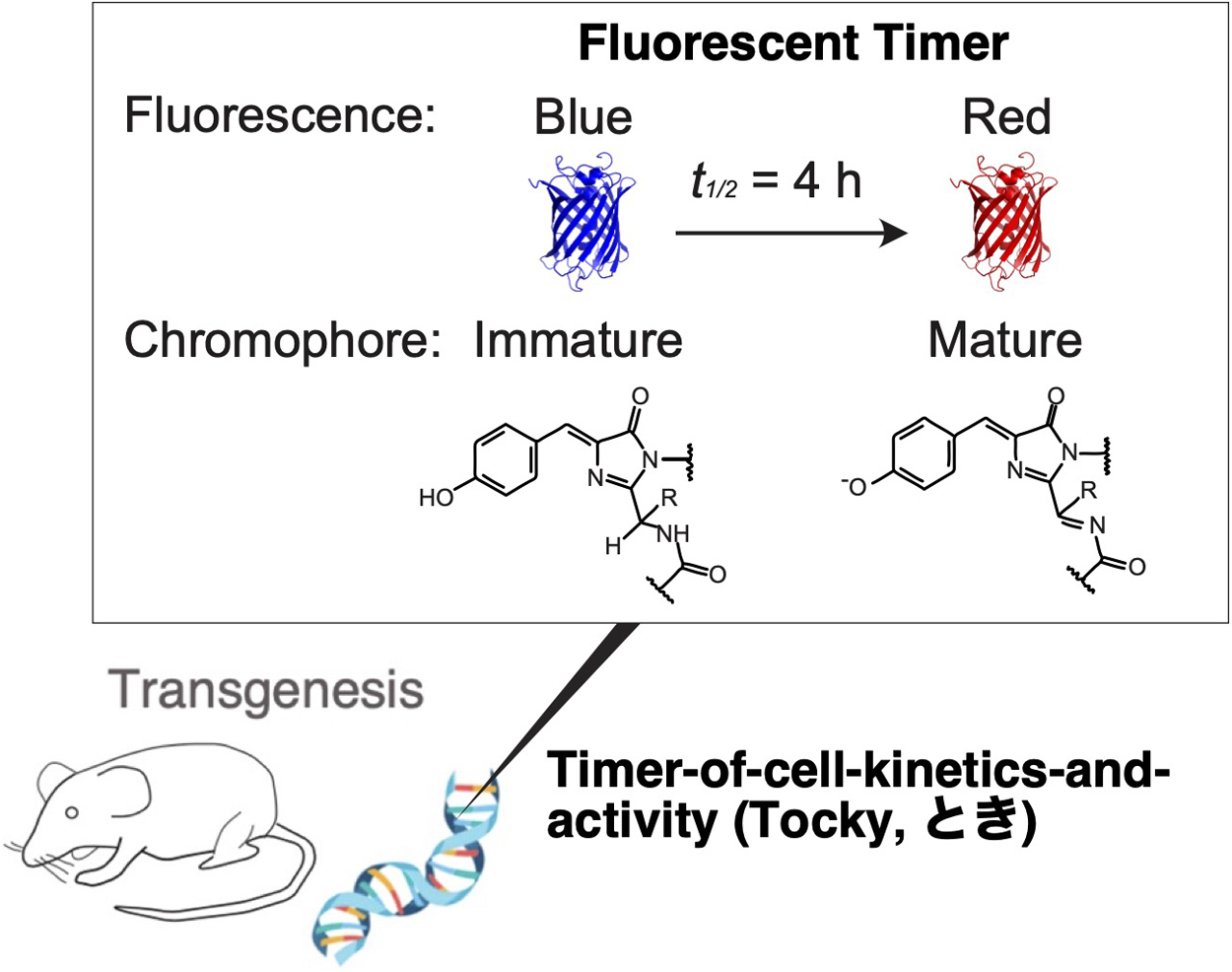Volume 21, Issue Supplemental
Displaying 1-18 of 18 articles from this issue
- |<
- <
- 1
- >
- >|
Special Issue: Singularity Biology and Beyond
Editorial
-
Article type: Special Issue: Singularity Biology and Beyond
2024Volume 21Issue Supplemental Article ID: e211013
Published: 2024
Released on J-STAGE: May 29, 2024
Advance online publication: March 15, 2024Download PDF (359K) Full view HTML
Review Article (Invited)
-
Article type: Special Issue: Singularity Biology and Beyond Review Article (Invited)
2024Volume 21Issue Supplemental Article ID: e211017
Published: 2024
Released on J-STAGE: May 29, 2024
Advance online publication: March 23, 2024Download PDF (7156K) Full view HTML
Commentary and Perspective (Invited)
-
Article type: Special Issue: Singularity Biology and Beyond Commentary and Perspective (Invited)
2024Volume 21Issue Supplemental Article ID: e211001
Published: 2024
Released on J-STAGE: May 29, 2024
Advance online publication: January 19, 2024Download PDF (357K) Full view HTML
Review Article (Invited)
-
Article type: Special Issue: Singularity Biology and Beyond Review Article (Invited)
2024Volume 21Issue Supplemental Article ID: e211002
Published: 2024
Released on J-STAGE: May 29, 2024
Advance online publication: January 24, 2024Download PDF (1105K) Full view HTML
Commentary and Perspective (Invited)
-
Article type: Special Issue: Singularity Biology and Beyond Commentary and Perspective (Invited)
2024Volume 21Issue Supplemental Article ID: e211012
Published: 2024
Released on J-STAGE: May 29, 2024
Advance online publication: March 02, 2024Download PDF (556K) Full view HTML -
Article type: Special Issue: Singularity Biology and Beyond Commentary and Perspective (Invited)
2024Volume 21Issue Supplemental Article ID: e211011
Published: 2024
Released on J-STAGE: May 29, 2024
Advance online publication: February 22, 2024Download PDF (363K) Full view HTML -
Article type: Special Issue: Singularity Biology and Beyond Commentary and Perspective (Invited)
2024Volume 21Issue Supplemental Article ID: e211007
Published: 2024
Released on J-STAGE: May 29, 2024
Advance online publication: February 14, 2024Download PDF (399K) Full view HTML
Review Article (Invited)
-
Article type: Special Issue: Singularity Biology and Beyond Review Article (Invited)
2024Volume 21Issue Supplemental Article ID: e211006
Published: 2024
Released on J-STAGE: May 29, 2024
Advance online publication: February 09, 2024Download PDF (2932K) Full view HTML -
Article type: Special Issue: Singularity Biology and Beyond Review Article (Invited)
2024Volume 21Issue Supplemental Article ID: e211010
Published: 2024
Released on J-STAGE: May 29, 2024
Advance online publication: February 16, 2024Download PDF (983K) Full view HTML
Commentary and Perspective (Invited)
-
Article type: Special Issue: Singularity Biology and Beyond Commentary and Perspective (Invited)
2024Volume 21Issue Supplemental Article ID: e211008
Published: 2024
Released on J-STAGE: May 29, 2024
Advance online publication: February 15, 2024Download PDF (435K) Full view HTML -
Article type: Special Issue: Singularity Biology and Beyond Commentary and Perspective (Invited)
2024Volume 21Issue Supplemental Article ID: e211003
Published: 2024
Released on J-STAGE: May 29, 2024
Advance online publication: February 02, 2024Download PDF (423K) Full view HTML
Review Article (Invited)
-
Article type: Special Issue: Singularity Biology and Beyond Review Article (Invited)
2024Volume 21Issue Supplemental Article ID: e211014
Published: 2024
Released on J-STAGE: May 29, 2024
Advance online publication: March 22, 2024Download PDF (1029K) Full view HTML
Commentary and Perspective (Invited)
-
Article type: Special Issue: Singularity Biology and Beyond Commentary and Perspective (Invited)
2024Volume 21Issue Supplemental Article ID: e211005
Published: 2024
Released on J-STAGE: May 29, 2024
Advance online publication: February 09, 2024Download PDF (328K) Full view HTML
Regular Article (Invited)
-
Article type: Special Issue: Singularity Biology and Beyond Regular Articles (Invited)
2024Volume 21Issue Supplemental Article ID: e211016
Published: 2024
Released on J-STAGE: May 29, 2024
Advance online publication: March 22, 2024Download PDF (3194K) Full view HTML
Review Article (Invited)
-
Article type: Special Issue: Singularity Biology and Beyond Review Article (Invited)
2024Volume 21Issue Supplemental Article ID: e211004
Published: 2024
Released on J-STAGE: May 29, 2024
Advance online publication: February 02, 2024Download PDF (2497K) Full view HTML -
Article type: Special Issue: Singularity Biology and Beyond Review Article (Invited)
2024Volume 21Issue Supplemental Article ID: e211009
Published: 2024
Released on J-STAGE: May 29, 2024
Advance online publication: February 15, 2024Download PDF (1363K) Full view HTML
Note (Invited)
-
Article type: Special Issue: Singularity Biology and Beyond Note (Invited)
2024Volume 21Issue Supplemental Article ID: e211018
Published: 2024
Released on J-STAGE: May 29, 2024
Advance online publication: May 08, 2024Download PDF (2124K) Full view HTML
Regular Article (Invited)
-
Article type: Special Issue: Singularity Biology and Beyond Regular Article (Invited)
2024Volume 21Issue Supplemental Article ID: e211015
Published: 2024
Released on J-STAGE: May 29, 2024
Advance online publication: March 22, 2024Download PDF (1164K) Full view HTML
- |<
- <
- 1
- >
- >|










